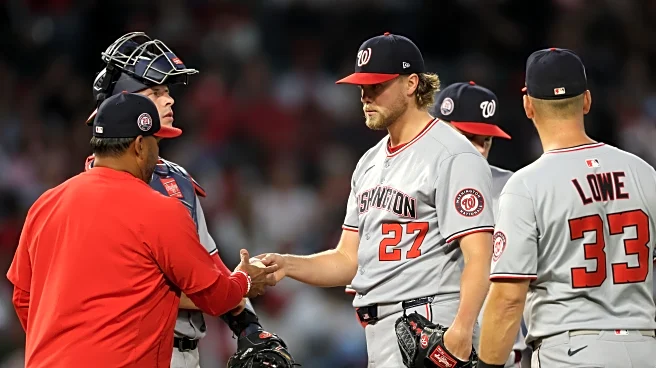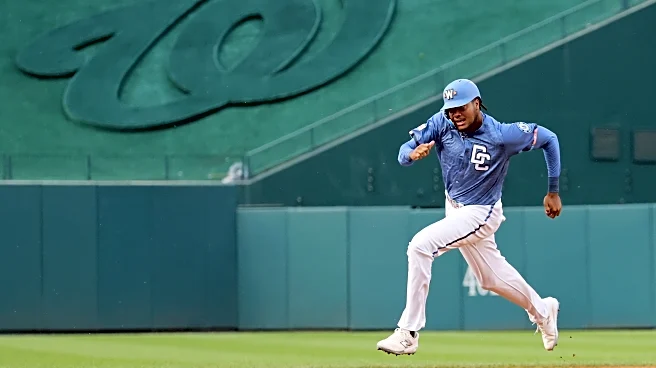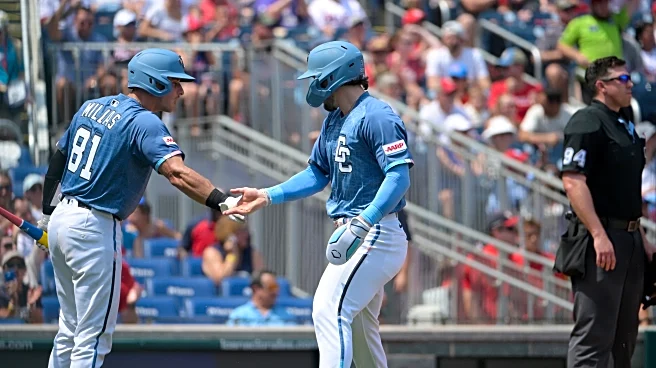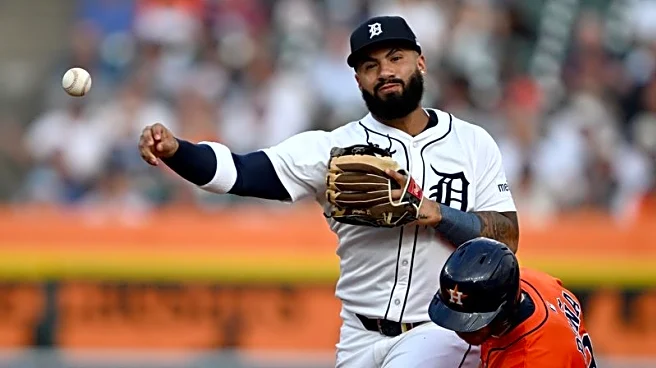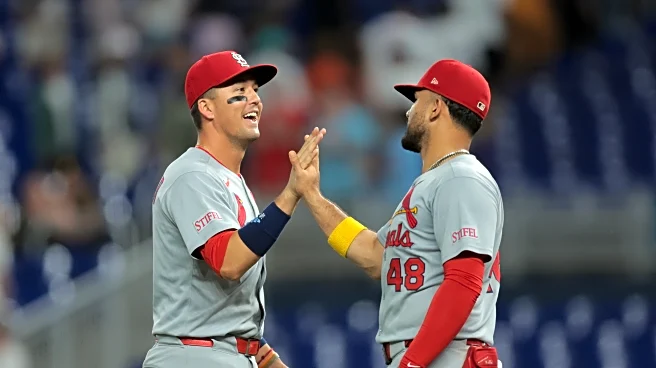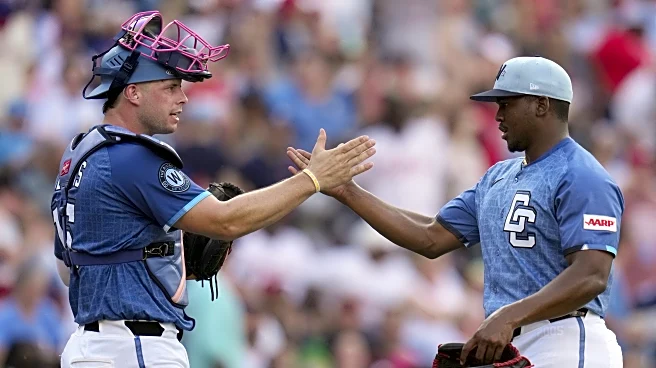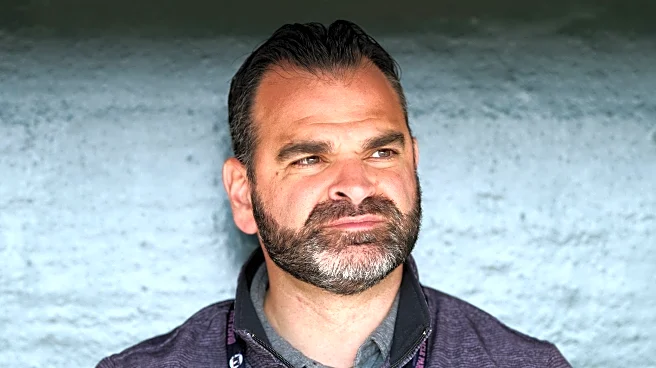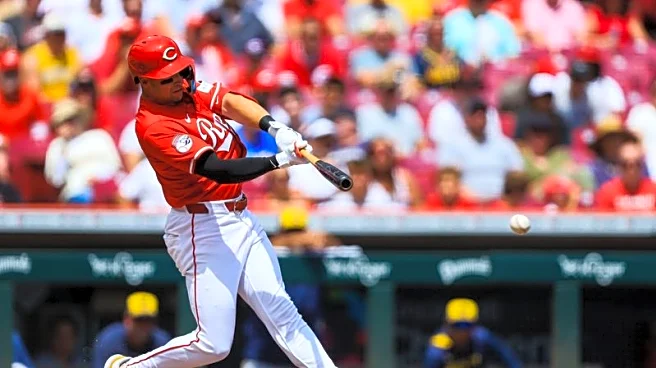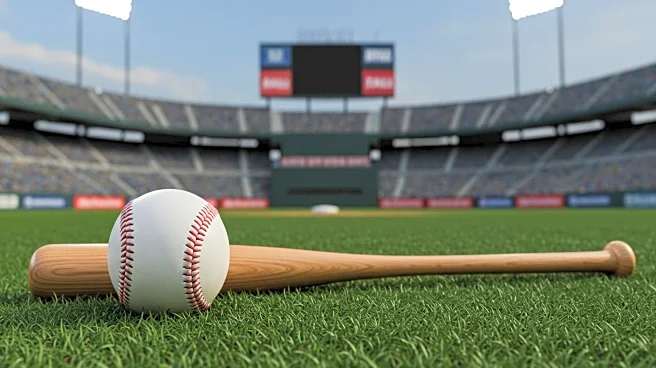
Entering 2025, Jake Irvin was seen as one of the more consistent faces in the Nationals’ rotation. After debuting in 2023 and putting up middling numbers, it seemed he had broken out in a big way in the first half of 2025, posting a 2.80 ERA and 3.38 FIP through 18 starts, capped off by one of the best starts in recent Nats history on the 4th of July, a dazzling 8 inning, 1 hit, 0 run performance against the Mets. The final 15 starts of the year weren’t as strong, as he posted an ERA over 6 and allowed
4 or more runs in 8 starts, but the strength of the first half, to go along with the overall improved FIP, K/9, and BB/9, had fans hopeful he could make another leap in 2025.
Irvin’s 2025 campaign got off to a solid enough start, as through his first 6 starts, he had a 3.19 ERA, and his K/9 and BB/9 were at career highs. He had even flashed 2 of those classic Jake Irvin starts where he looks like one of the best pitchers on the planet, going 7 scoreless against the Pirates on April 15th and 7 1/3rd innings allowing 1 run against the Mets on April 25th. It was in his 7th start against the Phillies on April 30th that the downturn really began, though, as he allowed 6 runs over 6 innings and walked away with the loss, his first of the year. He finished April with a 4.01 ERA, a respectable number, but the signs for concern were there, as he was allowing more hard-hit balls than ever.
May was a similar story for Irvin, as he posted a 3.82 ERA in 5 starts, carried by a phenomenal 8-inning scoreless performance against the Giants on May 24th. The signs for concern were still present, however, as his K/9 dipped to an alarmingly low 4.11, and he continued to allow extremely hard contact, with an average exit velocity of 91.5 on the month (For reference, the worst average exit velocity in baseball this season is 92.2). Through 11 starts in 2025, Irvin was having solid success, but the flaws in his profile were apparent, and seemed due to catch up to him soon.
And catch up to him they did, as over 5 starts in June, he posted a 7.01 ERA, capped off by his June 27th start against the Angels in which he allowed 8 runs over 4 1/3 innings, an outing that he seemingly has yet to recover from. It was much of the same issues for Irvin in June, except he was not keeping the ball on the ground, posting a 44.7% groundball rate. Irvin can still limit damage when his hard hits are on the ground, but when they turn into fly balls, that is when the damage happens, and that is exactly what happened, as he allowed 9 home runs in total on the month, resulting in an incredible 3.16 HR/9.
It’s all come undone for Irvin since that Angels start, as he’s posted a 6.51 ERA since July 1st, including a ridiculous 9.31 ERA in 4 starts in August. The underlying numbers are no better, as his 5.50 FIP this season is actually higher than his 5.30 ERA, and he ranks bottom 20th percentile in just about every number, including average exit velocity, whiff rate, chase rate, and fastball velocity. The fastball velocity part may be the most concerning, as after entering the big leagues in 2023 sitting at 94.2 MPH, 53rd percentile in the league, it went down to 93.7 in 2024, 43rd percentile, and now 92 in 2025, 16th percentile. Despite this shocking drop in velo, the Nationals have never placed Irvin on the injured list, and the coaching staff doesn’t appear to be all too worried about it.
If it’s not a health or fatigue issue causing Irvin’s drop in velocity, then either it is a purposeful change by Irvin to not throw as hard, a baffling choice as his fastball is his most thrown pitch and wasn’t especially great before the velocity drop, or there is something wrong with his mechanics causing the drop. While I don’t have access to the numbers and videos the Nationals do on Irvin, just off the data available publicly on Baseball Savant, I wonder if it has something to do with his dropping arm angle. Irvin entered the league with an arm angle of 32 degrees on average, a number that has decreased to 29 degrees in 2024 and now 27 degrees in 2025. Perhaps the change was made to complement some of Irvin’s secondary pitches, but if they plan to continue to throw his fastball as much as they do, they need to take a look at reverting to his 2023 level arm angles. It is worth noting that Irvin now throws his curveball, sinker, and changeup harder than when he entered the big leagues in 2023, meaning either he’s sacrificing fastball velocity for secondary velcoity with his arm angle, a respectable choice except for the fact they continue to use his fastball more than any other pitch, or he is deliberatiely choosing to not throw his fastball less hard, a fascinating choice that goes against almost everything we know about what makes pitchers good today.
So, how do the Nationals go about fixing Jake Irvin? The arm angle is a starting point, but it’s just one piece of the puzzle. They also need to adjust how they use his pitch arsenal, moving away from using his fastball as his primary pitch and more towards his sinker, a pitch with similar velocity, better movement, and better batted ball numbers. Finally, I think they need to just give him a break, as it has to be taxing mentally to go out there and get shelled every 5 days like he has been. Place him on the IL with a phantom injury, work with him on his mechanics and pitches, let him test things out on “rehab” in Rochester, and bring him back up to the bigs for a few starts to finish the year.
Nothing is set in stone as far as the 2025 Nationals rotation goes, but as of now, it’s hard to imagine Jake Irvin’s spot is anywhere near secure, especially if he continues to pitch the way he has in the 2nd half of the season. What we do know is Irvin has the ability to take the rubber and dominate, such as his 8 inning scoreless starts against the Mets on the 4th of July last year or against the Giants in May, in ways that no Nats starters other than MacKenzie Gore can, and it’s why I still believe there is a ceiling as a 4th or 5th starter for him. To achieve that ceiling, however, there is serious work to be done.
